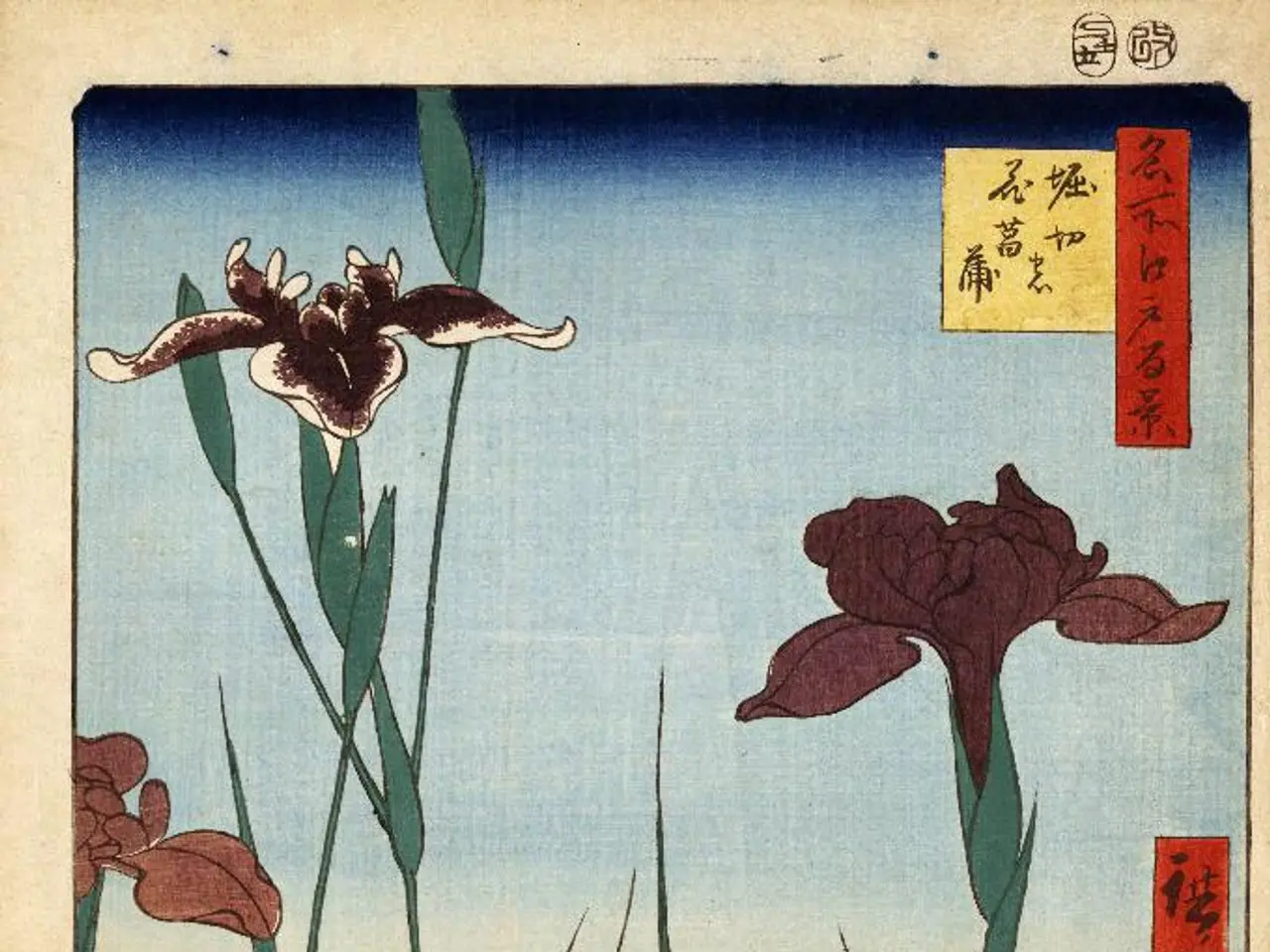Swift action required: Scientists urgently working to cryogenically preserve a critically endangered tree to prevent its extinction
The Australian Research Council (ARC), housed within the University of the Sunshine Coast, is developing a groundbreaking method to secure the genetics of the critically endangered angle-stemmed myrtle (Gossia gonoclada). This small tree, known for its glossy leaves, square stems, and sweet, fleshy fruit, grows along waterways in Australia's dry rainforests.
Since 2010, myrtle rust, caused by the exotic fungus Austropuccinia psidii, has drastically reduced the number of angle-stemmed myrtle plants in Australia. As a result, there are approximately 380 specimens of the angle-stemmed myrtle remaining in the wild. Seeds of the tree are not suitable for preservation due to reduced fertility from myrtle rust infections and the likelihood of not surviving long-term cryopreservation.
Scientists are instead focusing on growing sterile shoots of the angle-stemmed myrtle in a jelly for preservation. Cryoprotective solutions are used to protect plant cells during freezing, preventing the formation of damaging ice crystals. The goal is to preserve the most diverse individuals, whether tolerant or not, for future breeding.
The method has already been successful for the closely related sweet myrtle, achieving a 100% survival rate. City of Logan authorities and their partners are working to identify disease- or climate-resistant individuals of the angle-stemmed myrtle. About 300 of these specimens are concentrated in the City of Logan area in southeast Queensland.
The preservation of the angle-stemmed myrtle is crucial for its future survival and the biodiversity it aids in maintaining, particularly in river bank stability. Dr. Hayward emphasizes the need for Australia and the world to implement cryobanks to preserve the diversity of foods and endangered plants for future generations. Sufficient genetic diversity is key to the success of this project and the future of the angle-stemmed myrtle species.
Scientists are also designing a method to freeze plant tissues of the angle-stemmed myrtle that can later regenerate a full tree whenever needed. This innovative approach could pave the way for the conservation of other critically endangered plant species, ensuring their survival for future generations.
Read also:
- Flu Vaccination Timing and Symptoms to Watch Out For
- Executives at Lipton Teas Recognized as Trailblazers in the Consumer Packaged Goods (CPG) sector by Top Women in Grocery
- Challenges in Advancing Cell and Gene Therapy: Balancing Innovation, Legislation, and Production hurdles
- Simple Remedies for Comforting Your Illness with 19 Aromatic Oils







